Breaking News


Popular News

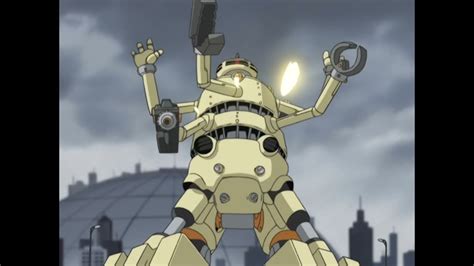
Unlock the hidden meanings of symbolism, metaphor, and allegory in Episode 19. Dive into character motifs and subtext analysis for a deeper understanding.Are you a fan of the anime series The Big O? Have you ever wondered about the deeper meanings and symbolism hidden within the show? In this blog post, we will delve into the rich world of symbolism present in The Big O, particularly focusing on Episode 19. From visual metaphors to allegorical elements, we will explore the layers of meaning that lie beneath the surface of this captivating series. By understanding the symbolism in The Big O, you will gain a deeper appreciation for the show’s storytelling and thematic complexity. Join us as we decipher Episode 19’s hidden meanings, unveil the subtext of key scenes, analyze character symbolism and motifs, and ultimately, gain a new perspective on the allegorical elements that make The Big O a truly thought-provoking series. Let’s dive into the world of The Big O and unravel its symbolism together.
Contents
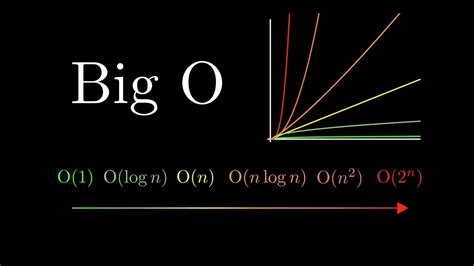
In the science fiction anime series The Big O, symbolism plays a crucial role in conveying deeper meanings and themes to the audience. The use of visual metaphors, character symbolism, motifs, and allegorical elements is prevalent throughout the show, adding layers of complexity to the storyline and characters.
One particular episode that stands out in its use of symbolism is Episode 19, where the underlying themes and hidden meanings are masterfully incorporated into the narrative. Deciphering these symbols can provide a deeper understanding of the show’s overarching themes and message.
As we delve into the symbolism of The Big O, it becomes evident that the series intertwines various elements to create a rich tapestry of meaning. Key scenes are filled with symbolic imagery and subtext, inviting viewers to interpret and analyze the underlying messages. By unraveling the symbols present in the show, we gain insight into the philosophical, existential, and societal commentary that The Big O seeks to explore.
Through an exploration of the symbolism in The Big O, we can gain a greater appreciation for the intricacies of the series’ narrative and the depth of its characters. Join us as we embark on a journey to decode the hidden meanings, visual metaphors, and allegorical elements embedded within The Big O, unraveling the complexities and depth of this beloved anime.
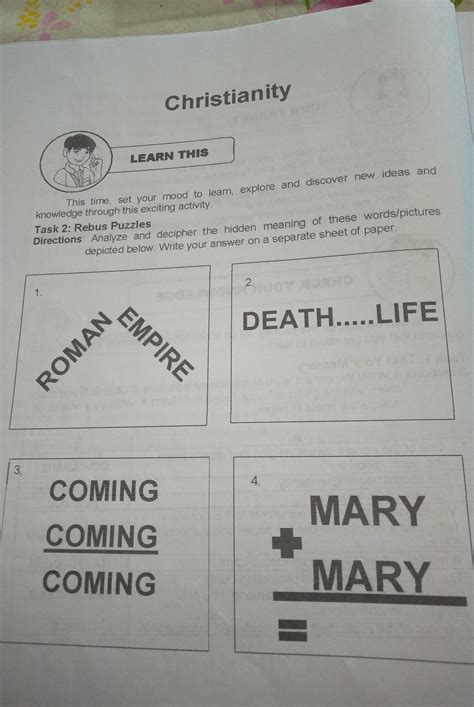
Episode 19 of The Big O is filled with hidden meanings and symbolism that add depth to the storyline and characters. Throughout the episode, visual metaphors and allegorical elements are used to convey deeper messages and insights, providing viewers with a more profound understanding of the narrative.
One of the key scenes in the episode involves the protagonist, Roger Smith, encountering a mysterious figure in a dark alley. This scene is rich in symbolism, with the dark alley representing the unknown and the mysterious figure symbolizing the enigmatic nature of the protagonist’s past. The use of visual metaphors in this scene adds to the intrigue and complexity of the storyline, leaving viewers with a sense of curiosity and anticipation.
Additionally, character symbolism and motifs play a significant role in Episode 19, providing insight into the inner struggles and motivations of the main characters. The use of allegorical elements in the character interactions sheds light on their hidden desires and conflicts, making for a compelling and thought-provoking viewing experience.
By delving into the subtext of key scenes and analyzing the allegorical elements at play, viewers can gain a deeper appreciation for the narrative complexity of The Big O, uncovering hidden meanings and symbolism that enrich the overall storytelling experience.

In storytelling, visual metaphors play a crucial role in conveying deeper meanings and themes. The use of symbols and imagery can add layers of complexity to the narrative, allowing for a more nuanced and sophisticated understanding of the story. Visual metaphors can be found in various forms, such as in the use of colors, objects, and settings, and they help to evoke certain emotions and provoke thought in the audience.
One prominent example of visual metaphors can be seen in the film The Shawshank Redemption, where the protagonist’s journey to freedom is represented by his repeated efforts to carve his way through a wall. This visual symbolism serves to underscore the theme of hope and resilience in the face of adversity, as well as the idea of breaking free from constraints and limitations.
Another example can be found in the novel To Kill a Mockingbird, where the mockingbird is used as a symbol of innocence and vulnerability. This visual metaphor is woven throughout the story to highlight the injustices and prejudices faced by the characters, ultimately making a powerful statement about the moral and ethical issues of society.
In conclusion, the use of visual metaphors in storytelling is a powerful tool for adding depth and richness to the narrative. By employing symbols and imagery, storytellers can communicate complex ideas and themes in a more evocative and memorable manner, allowing audiences to engage with the story on a deeper level.
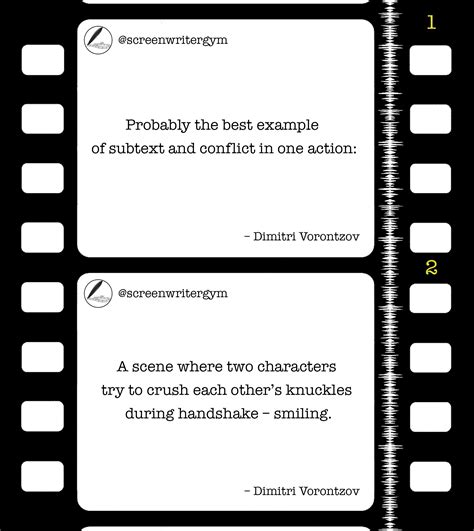
Decoding the Symbolism in The Big O – Episode 19
When analyzing the key scenes in The Big O – Episode 19, it’s important to pay attention to the subtext and underlying meanings. Throughout the episode, there are various instances where the characters’ actions and dialogue hold deeper significance.
One key scene that illustrates this is the confrontation between the protagonist, Roger Smith, and the antagonist, Alan Gabriel. The visual metaphors used during this encounter, such as the use of contrasting colors and lighting, serve to emphasize the underlying tension and power dynamics between the two characters.
Furthermore, the symbolism portrayed in the setting of Paradigm City itself plays a crucial role in conveying the subtext of key scenes. The desolate, abandoned cityscape serves as a visual representation of the characters’ internal struggles and the dystopian nature of their reality.
In addition, the motifs that reoccur throughout the episode, such as recurring imagery of clocks and mirrors, offer insight into the deeper themes and character development present in the key scenes. These recurring motifs act as subtle cues for the audience to interpret the underlying subtext and foreshadowing within the narrative.
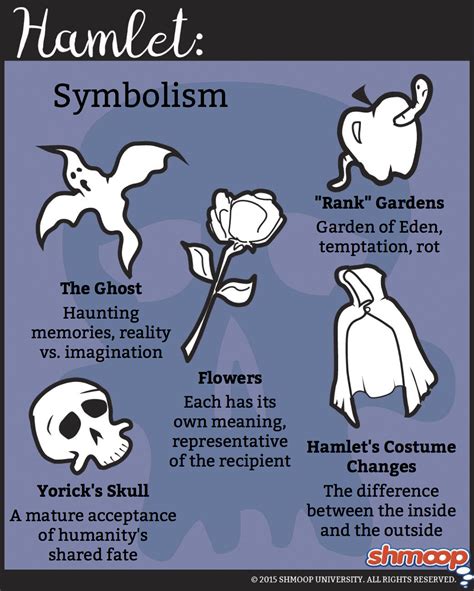
Understanding The Big O’s Symbolism
Analyzing Character Symbolism and Motifs
When it comes to analyzing character symbolism and motifs, it is essential to pay close attention to the visual cues and recurring themes that are present throughout the show. In The Big O – Episode 19, there are several key moments that provide insight into the deeper meaning behind the characters and their actions.
One of the most prominent motifs in this episode is the use of mirrors to reflect the inner turmoil of the characters. As the protagonist navigates through the complex web of his own identity, the mirror serves as a powerful symbol of self-reflection and the duality of the self. The use of mirrors also ties into the larger theme of existentialism and the eternal struggle to find meaning in a seemingly chaotic world.
Additionally, the presence of specific props and costumes further enhances the symbolism of the characters’ inner struggles. Each item is carefully chosen to convey a deeper message about the character’s motivations and desires, adding another layer of complexity to their already multi-dimensional personalities.
| Character | Symbol |
|---|---|
| Roger Smith | Watch |
| Dorothy Wayneright | Red Rose |
| Norman Burg | Broken Glasses |
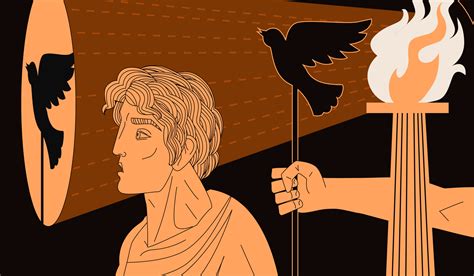
When it comes to decoding the allegorical elements in The Big O – Episode 19, there are several key symbols and motifs that are worth exploring. One of the most prominent allegorical elements in this particular episode is the use of mirrors. Throughout the episode, mirrors are used as a symbol of self-reflection and introspection. The protagonist’s encounters with mirrors serve as a visual metaphor for his inner turmoil and conflicting emotions.
Furthermore, the use of color symbolism is also prevalent in Episode 19. The juxtaposition of bright, vibrant colors with muted, somber tones is a reflection of the protagonist’s internal struggles and the duality of his character. The allegorical use of color effectively conveys the complexity of the protagonist’s emotional journey and adds depth to the storyline.
In addition to mirrors and color symbolism, the recurring motif of clocks and time in Episode 19 carries profound allegorical significance. The ticking of the clocks and the constant reminders of time passing serve as a metaphor for the protagonist’s impending existential crisis. The allegorical elements related to time underscore the theme of mortality and the protagonist’s relentless quest for meaning and purpose.
Overall, the allegorical elements in The Big O – Episode 19 offer a rich tapestry of symbolism and metaphor that adds layers of depth to the narrative. By interpreting these allegorical elements, viewers can gain a deeper understanding of the protagonist’s inner struggles and existential journey, making for a truly immersive viewing experience.
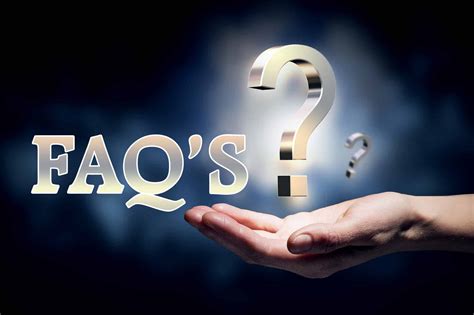
What is the significance of the rose in Episode 19 of The Big O?
The rose is a symbol of beauty and mystery, often associated with love and the unknown. In Episode 19, the rose represents the enigmatic nature of the characters and the hidden truths within the story.
What does the black cat symbolize in Episode 19?
The black cat is often viewed as a symbol of superstition and bad luck, but in Episode 19, it represents the lurking danger and uncertainties that the characters face.
What is the meaning behind the recurring clock motif in The Big O?
The clock symbolizes the passage of time and the inevitable march towards destiny. In Episode 19, it hints at the characters’ fates and the ticking countdown to a pivotal moment.
How does the use of mirrors contribute to the symbolism in The Big O?
Mirrors are often symbolic of self-reflection and truth. In Episode 19, the mirrors reflect the inner struggles and conflicting identities of the characters.
What is the significance of the abandoned mansion in Episode 19?
The abandoned mansion represents the forgotten past and the remnants of a bygone era. It serves as a haunting backdrop for the unfolding drama in Episode 19.
How does the color palette contribute to the symbolism in The Big O?
The use of dark, moody colors like black and deep purple reflects the ominous and mysterious atmosphere of the series. In Episode 19, these colors heighten the sense of foreboding and intrigue.
What role does the recurring musical motif play in The Big O?
The music in The Big O is often used to convey emotion and add depth to the storytelling. In Episode 19, the music underscores the tension and drama, amplifying the symbolism woven throughout the narrative.